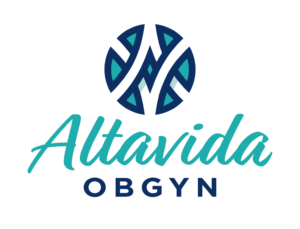According to the American Pregnancy Association, more than 29 percent of women in the U.S give birth via caesarean section (c-section). C-sections are used to deliver a baby surgically, rather than through the birth canal. Most c-sections are reserved for emergencies or women who have either developed complications during pregnancy or are at high-risk for developing them during birth. Since few women plan to have their babies through c-section, it is important that all pregnant women educate themselves on the procedure – even those who have plans for a vaginal birth. For a positive birth experience, the American Pregnancy Association recommends having a flexible birth plan that makes room for a possible c-section birth.
Did you know…
that there are steps you can take to reduce your risk of requiring a caesarean section birth? Though there is no way to completely eliminate the possibility of surgical birth, you can lower your risk by finding ways of coping with pain aside from epidural analgesia. You are also less likely to have a c-section if you are medically able to avoid labor induction and labor at home until you are at least dilated to 3 centimeters.
Frequently Asked Questions
Will I need a caesarean section when I have my baby?
Only your obstetrician can tell you if you will be having a c-section birth. However, many c-sections are performed as last minute decisions caused by critical complications, so it is impossible to know for sure if you will have a c-section unless your obstetrician schedules it ahead of time. Some reasons for c-sections include conditions like placenta previa, breech presentation, uterine rupture, fetal distress, preeclampsia, multiple births, and gestational diabetes. Your doctor may also wish to schedule a c-section if you had a previous caesarean birth, although many women are eligible for VBACs, or vaginal births after caesarean.
What should I expect during a caesarean birth?
Before your child is delivered, your obstetrician will administer anesthetic to prevent you from feeling pain during the surgery. Unless you have an emergency c-section, you will likely be awake for your delivery, but feel no pain. Your doctor will make an incision through your abdominal wall, as well as your uterine wall either vertically or horizontally. Your baby will be delivered after the amniotic fluid has been suctioned from your uterus – usually within 5 to 15 minutes of beginning the c-section procedure. If you are awake, you will see your baby before he or she is placed in the care of a nurse. You’ll feel pressure as your doctor begins delivering the placenta and repairing your incisions.
Will I need to follow any special care instructions after my c-section birth?
You’ll spend more time in the hospital after a c-section to ensure you are making a healthy recovery. Within 24 hours, you will need to get up to walk to the bathroom. Before you are discharged, your staples may be removed. You will need to avoid heavy lifting and housework during the first few days and weeks following surgery and ensure that you are getting plenty of fluids. Over the course of six to eight weeks, you will experience a heavy flow of blood and fluids from your uterus. Contact your doctor immediately if you begin running a fever or notice signs of infection near your surgical wound. Finally, be sure to follow all post-partum guidelines given to you by your obstetrician, such as avoiding sex and baths until your incision has healed.








